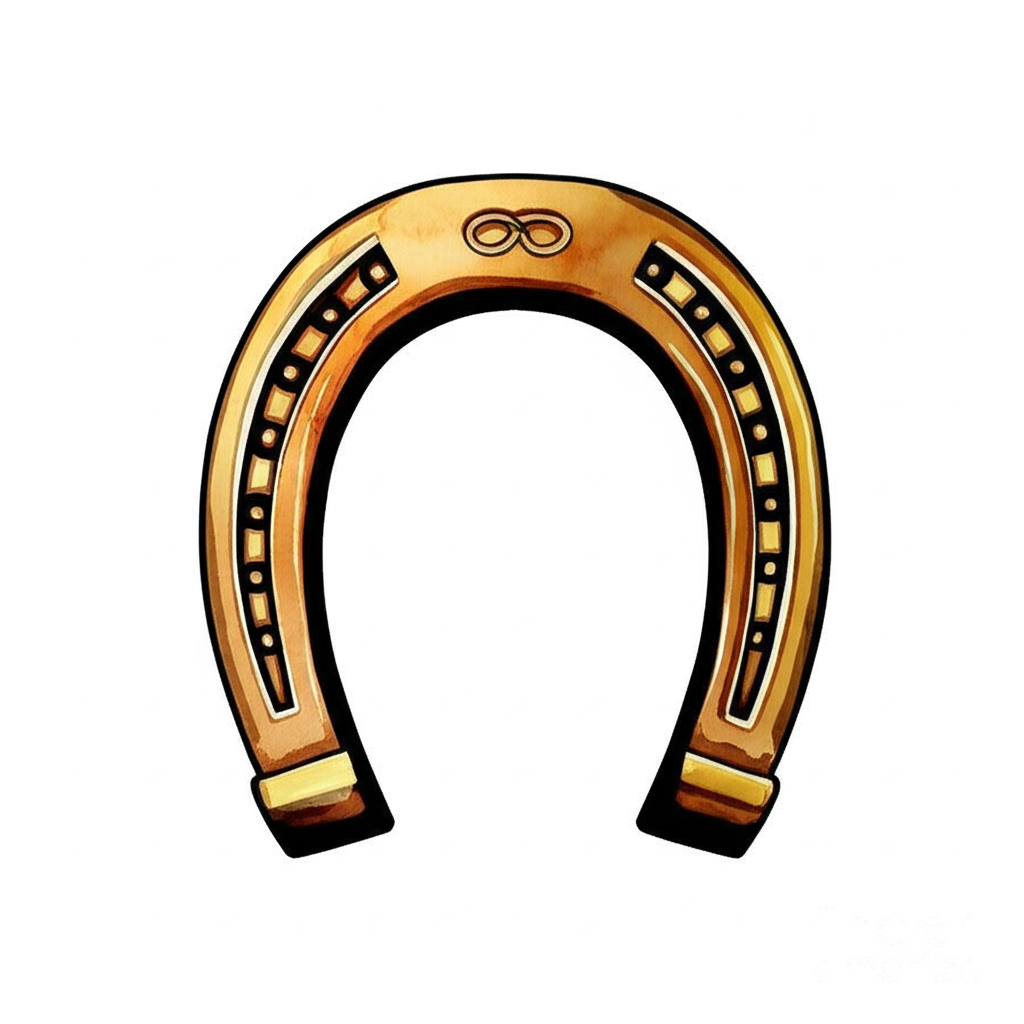
Horseshoes, often seen adorning doorways worldwide, are widely believed to possess protective powers against evil. This superstition boasts a rich history, interwoven with religious beliefs, pagan symbolism, and folklore. Examining its origins and evolution reveals how the horseshoe has transitioned from a ward against malevolent forces to a symbol of good luck.
The legend of St. Dunstan, a 10th-century blacksmith monk who later became Archbishop of Canterbury, is a prominent source of this superstition in the Western world. The tale, popularized in Edward G. Flight’s 1871 work, The True Legend of St Dunstan and the Devil, recounts Dunstan’s encounter with the Devil, who requested horseshoes for his own cloven hooves. Dunstan, recognizing his customer, inflicted excruciating pain upon the Devil by driving nails into the sensitive part of his hooves. This act supposedly deterred the Devil from ever approaching a horseshoe again, thus establishing the horseshoe’s association with protection.
However, the protective aura attributed to horseshoes predates both St. Dunstan and Christianity. In Hinduism, the Sanskrit word ‘Yoni,’ meaning sacred temple or womb, is used to describe the Goddess Shakti, the origin of all life. The Yoni is often depicted in ancient art and architecture as a downward-pointing horseshoe shape. Furthermore, the horseshoe held significance in pagan traditions, representing the crescent moon and deities like Artemis and Diana. In Arabic cultures, horseshoes are incorporated into amulets as a defense against the Evil Eye, while in British, Celtic, and Germanic folklore, they were nailed above doorways to protect homes from witchcraft.
Over time, particularly in Western cultures, the primary function of the horseshoe has shifted from warding off evil to attracting good luck. This transition has influenced the way horseshoes are hung. In the UK and the US, it is common to hang them with the open end pointing upwards, supposedly to prevent good luck from escaping. However, folklore traditionalists caution against this practice, suggesting that it invites mischievous pixies to use the horseshoe as a seat; therefore, a slightly tilted upward orientation is considered optimal. In many other parts of the world, the open end of the horseshoe is positioned downwards, mirroring the shape of the sacred womb.
Regardless of its orientation, another belief suggests that securing a horseshoe with seven nails or screws amplifies its luck-bringing potential. Thus, the horseshoe superstition, evolving through centuries of cultural and religious influences, continues to resonate in modern times, serving as both a decorative object and a symbolic reminder of protection and good fortune.